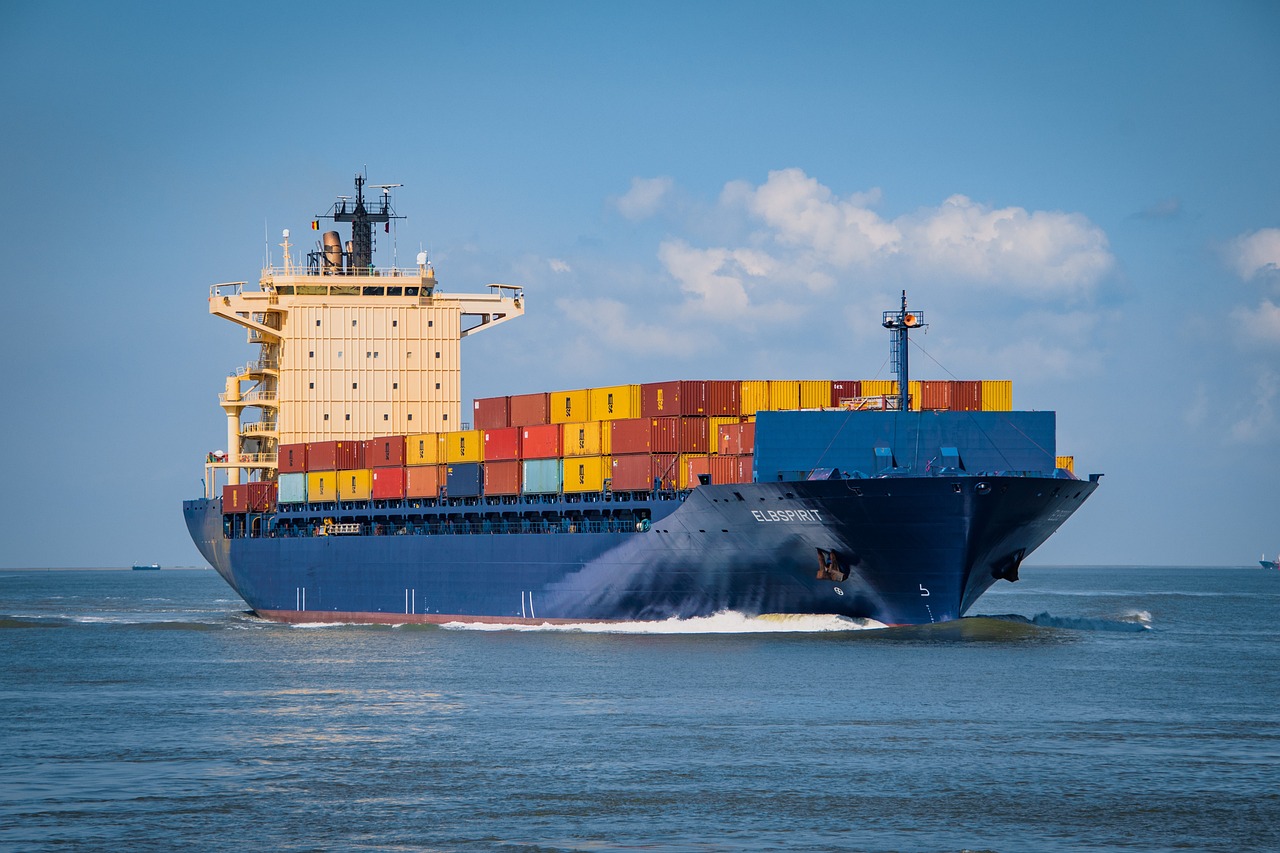
The shipping industry is a critical component of global trade, with approximately 90% of world trade carried by sea. As the industry becomes increasingly digitized, it also becomes more vulnerable to damaging cyberattacks, with 23,400 malware and 178 ransomware detections registered in the first half of 2024 alone, according to a recent Marlink report.
The early adoption of technology in the maritime industry, like electronic navigation systems, created basic vulnerabilities that allowed unsophisticated cyber-attacks to be introduced. While these incidents were seen as accidental or opportunistic, they highlighted the industry’s lack of strategy and defense against cyber threats.
As the industry has developed and embraced more advanced technologies, so has the surface of attacks. Threat actors are quickly adopting new, AI-enabled techniques to increase the volume and sophistication of their attacks. Our latest threat intelligence shows the cyber threat landscape is a maelstrom of groups exploiting the latest vulnerabilities and utilizing new or updated malware families to target commercial enterprises and critical infrastructure.
Attackers can now gain prolonged access to networks containing sensitive information and use this to disrupt crucial operations, through a single point of entry. In the last year alone, marine giant, Brunswick Corporation has grappled with a cyberattack that disrupted their operations for nine days, causing a material impact of $85 million. Additionally, the European cargo shipping industry was targeted by Chinese threat actors earlier this year, who gained access to not only the office systems but also aboard the cargo vessels using a USB…
Read full post on Tech Radar
Discover more from Technical Master - Gadgets Reviews, Guides and Gaming News
Subscribe to get the latest posts sent to your email.








